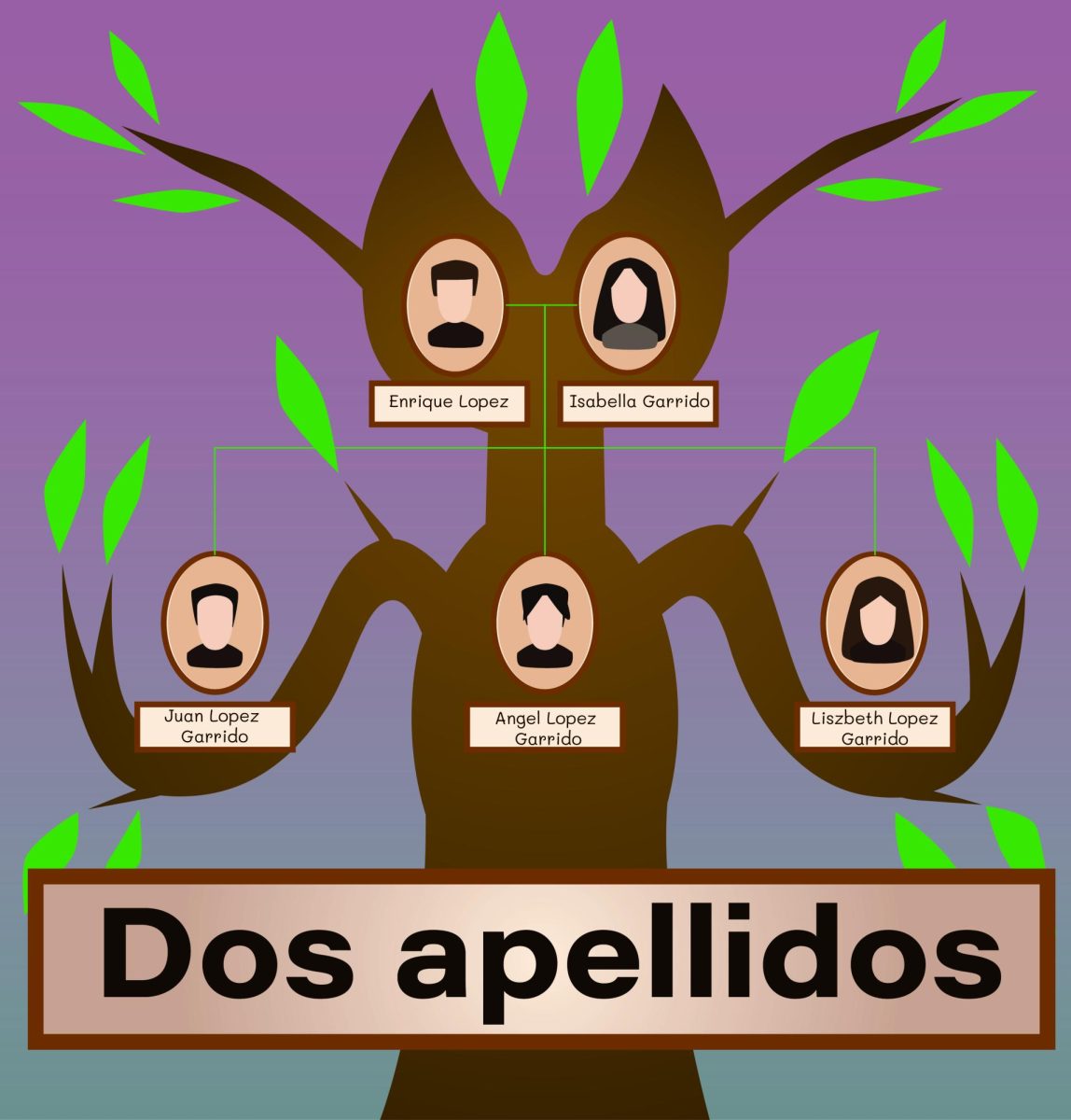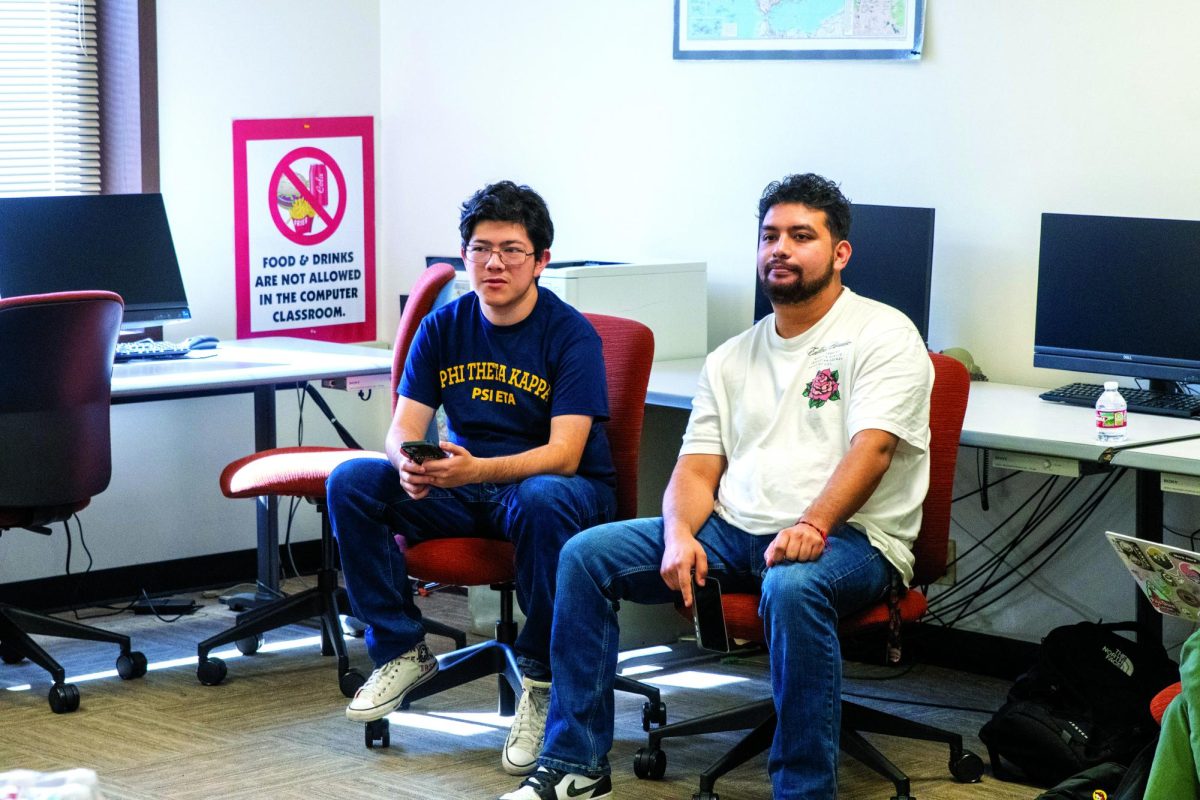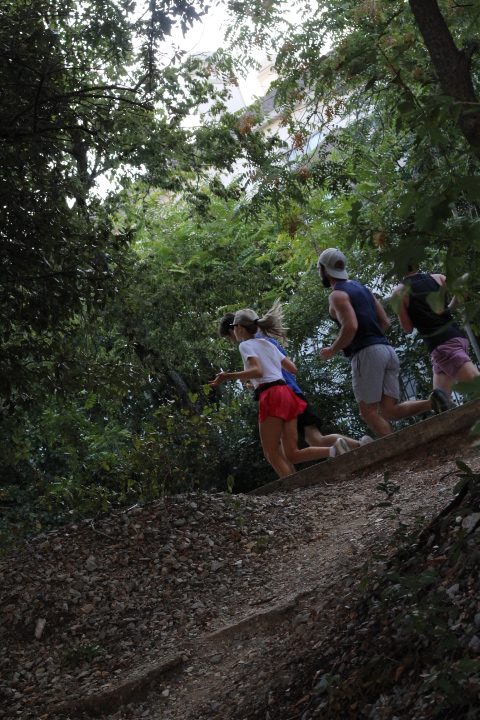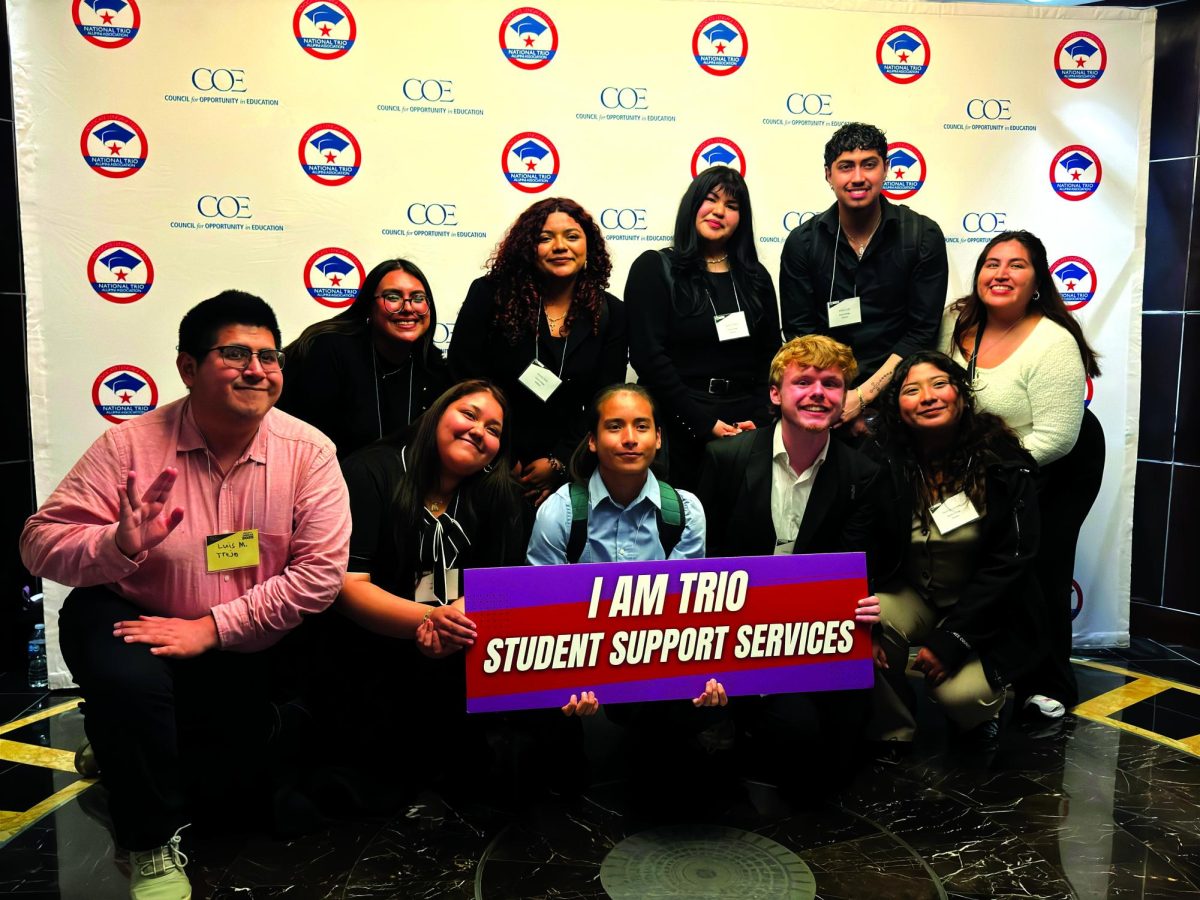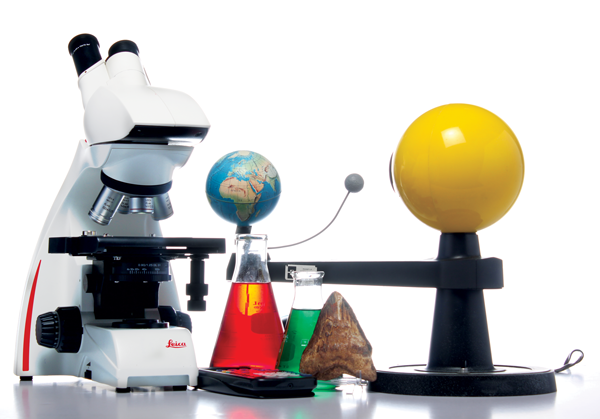
By Taylor Roberts
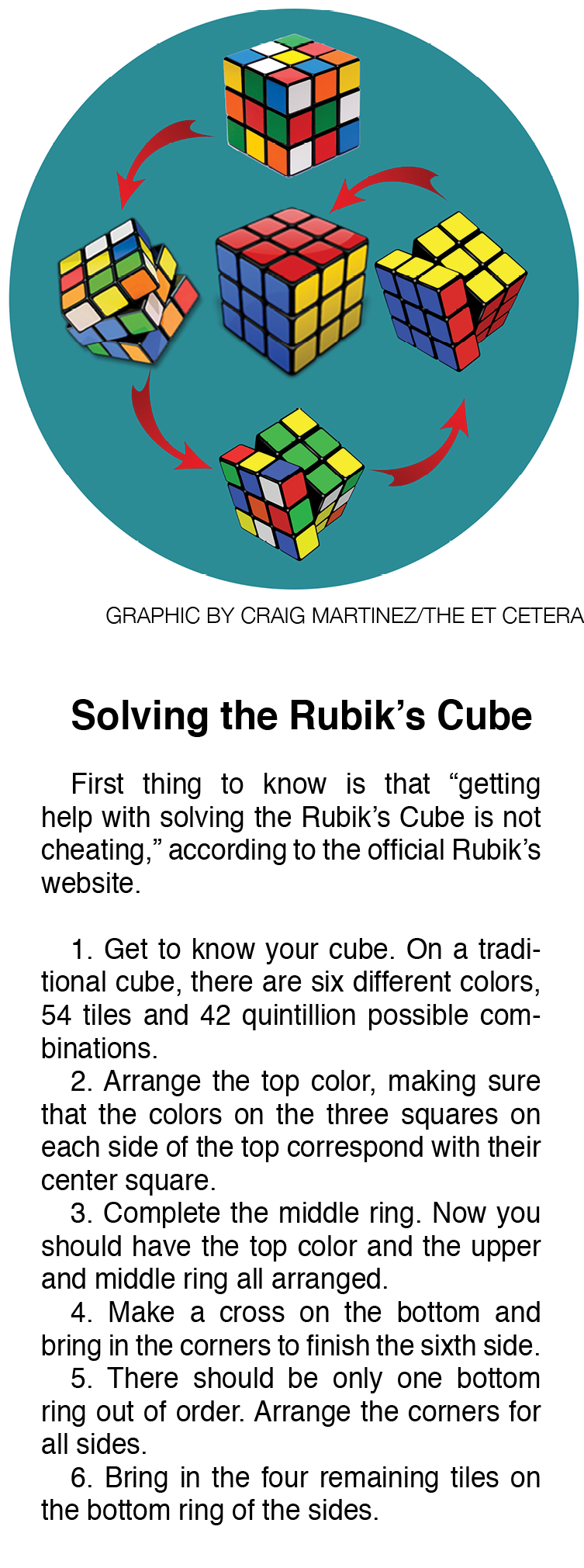 Stargazing, drone flights, movie nights, lectures, animal dissections and chemistry experiments introduced students to careers and hobbies in science, technology, engineering and math during STEM week.
Stargazing, drone flights, movie nights, lectures, animal dissections and chemistry experiments introduced students to careers and hobbies in science, technology, engineering and math during STEM week.
The STEM division held events during the first week of March, dedicating each day to a different field.
Math professor Jonathon Verwys started the week off with the lecture “Statistics and the Rubik’s Cube.” Though one of the world’s best-selling toys, the Rubik’s Cube was created by Hungarian architect Erno Rubik in 1974 to explain three-dimensional geometry.
The traditional Rubik’s Cube has nine squares per side, called a 3×3, with each side a different color. However, they can range in size from 2×2 to 17×17, Verwys said.
As Rubik’s Cubes increase in size, the math needed to solve them becomes more complicated. Verwys said the solution starts with completing a single color on one side with the top row of each connecting side also matched to a single color. This is followed by a pattern of turns to complete each subsequent row.
“Once a person knows how to solve a 3×3, it won’t take much to solve a 5×5,” Verwys said.
Biology professor Brie Day said Verwys’ talk made “people think deeper on a different level of math than they do on a daily basis.”
A planned visit from the Perot Museum of Nature and Science’s traveling planetarium had to be rescheduled, but stargazers gathered on the tennis court March 3 to look at the night sky through telescopes. Professors guided participants through biology and chemistry experiments, including dissecting fetal pigs.
Technology took the forefront March 3 when students and professors demonstrated drones, robots and “other fun, techie things.”
Instructional designer Jason Busbin said he was asked to “bring in something techie and bring your “Star Wars” stuff.” He showed off a “Star Wars walker” and a lightsaber he “brought
from the man cave.” He also talked with students about building their own personal computers.


